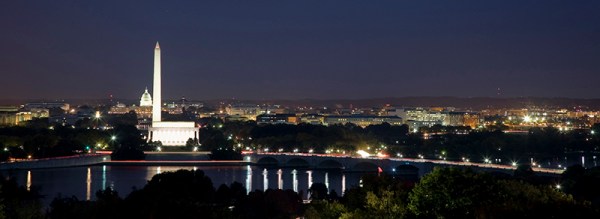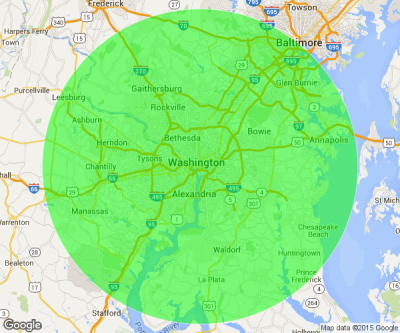The US Court of Appeals for the D.C. Circuit has struck down a rule requiring recreational drone users and model aircraft pilots to register their drones with the FAA.
This began when [John Taylor], an RC hobbyist and attorney, filed suit against the FAA questioning the legitimacy of the FAA’s drone registration program. This drone registration began early last year, with the FAA requiring nearly all drones and model aircraft to be registered in a new online system. This registration system caused much consternation; the FAA Modernization And Reform Act of 2012 states, ““…Federal Aviation Administration may not promulgate any rule or regulation regarding a model aircraft…”, defining model aircraft as any unmanned aircraft flown within visual line of sight for hobby or recreational purposes. Despite this mandate from Congress, the FAA saw fit to require registration for every model aircraft weighing between 0.55 and 55 pounds, regardless of the purpose of its flight.
In our coverage of the FAA’s drone registration program, we couldn’t make heads or tails of the reasons behind this regulation. In addition to the questionable legality of this regulation, there are questions over the FAA’s mandate to regulate anything flying under the 400 foot ceiling cited in the FAA’s rules. The question of safety is also open — a 2 kg drone is likely to cause injury to a passenger on a commercial flight only once every 187 million years of operation. In short, the FAA might not have the mandate of managing the air traffic, certification, and safety of the nation’s airspace when it comes to model aircraft.
While the Circuit court struck down the rule for registration concerning model aircraft, this still only applies to small (under 55 pounds) planes and quads flown within line of sight. Commercial drone operators still fall under the purview of the FAA, and for them the drone registration system will stand.








 There is no denying that personal drones are in the public eye these days. Unfortunately they tend to receive more negative press than positive. This past weekend, there were news reports of a wildfire in California.
There is no denying that personal drones are in the public eye these days. Unfortunately they tend to receive more negative press than positive. This past weekend, there were news reports of a wildfire in California. 










